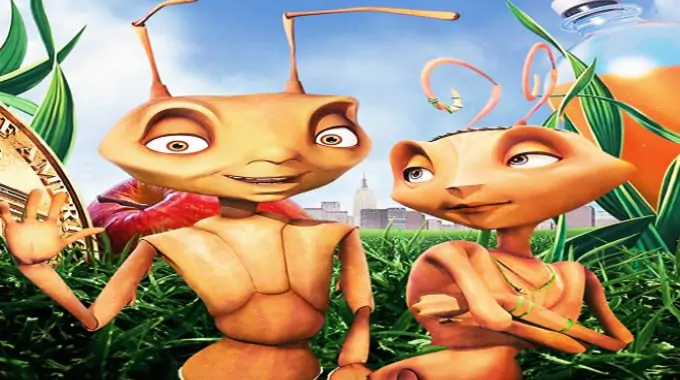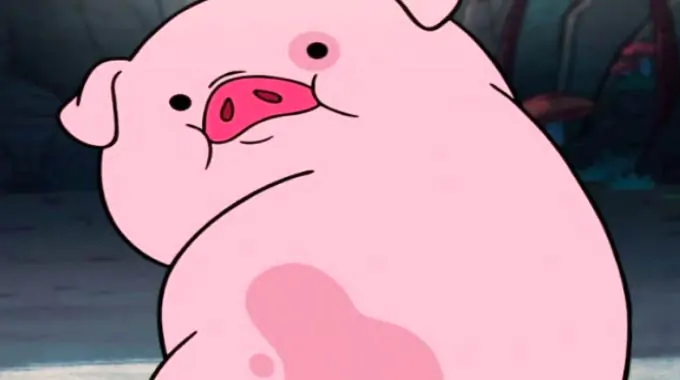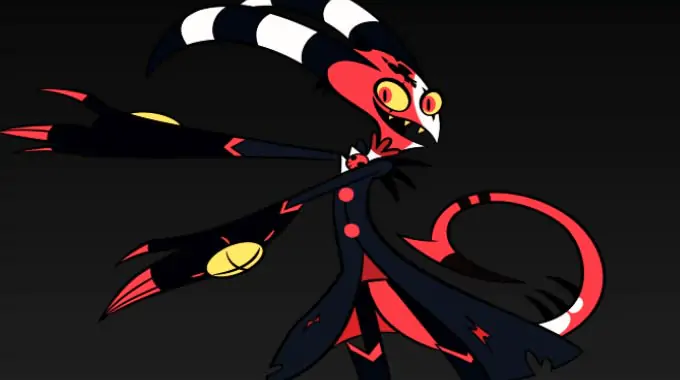List of Hawk Moth facts:
Hawk Moth, also known as the Death’s-head Hawk Moth, is a large and distinctive species of moth belonging to the Sphingidae family.
Its scientific name is Acherontia atropos.
Hawk Moths are named after the skull-like pattern on the thorax, resembling a human skull.
They are found in various regions across Europe, Asia, and Africa.
Hawk Moths have a wingspan ranging from 9 to 13 centimeters (3.5 to 5 inches).
The coloration of Hawk Moth wings can vary, but they commonly have a combination of yellow, brown, and black markings.
These moths are strong fliers and are known for their swift and direct flight patterns.
Hawk Moths are primarily nocturnal, being most active during the night.
Their larvae, commonly known as hornworms, are large and caterpillar-like, with a characteristic horn-like protrusion at the end of their bodies.
Hornworms of Hawk Moths are voracious eaters and are often considered pests in agricultural areas as they can cause damage to crops.
The larvae of Hawk Moths are known to feed on a variety of plants, including tomato, potato, tobacco, and other members of the Solanaceae family.
Hawk Moth caterpillars can emit a clicking sound when disturbed, which is believed to be a defense mechanism to deter predators.
The pupal stage of the Hawk Moth is spent in the ground, where the caterpillar transforms into a dormant pupa.
The transformation from pupa to adult moth is known as eclosion.
Hawk Moths undergo complete metamorphosis, starting as eggs, then progressing through the larval and pupal stages before emerging as adult moths.
The adult Hawk Moth has a proboscis, a long, straw-like structure, which it uses to feed on nectar from flowers.
They are known to be important pollinators for various flowering plants, especially those with long tubular flowers.
Hawk Moths are attracted to sweet-smelling flowers and are often observed hovering in front of the blooms to extract nectar.
The scent produced by Hawk Moths while feeding on flowers has been suggested to mimic the scent produced by female moths, attracting males for potential mating.
Hawk Moths have a relatively short lifespan, typically living for only a few weeks.
The adults are not known to feed extensively and primarily rely on the energy reserves accumulated during the larval stage.
The iconic image of a Hawk Moth in the movie “The Silence of the Lambs” contributed to their reputation as mysterious and eerie insects.
Hawk Moths are also associated with folklore and symbolism in various cultures, often representing transformation, change, or even death.
Some species of Hawk Moths are capable of producing a loud squeaking or chirping sound when threatened or disturbed.
Hawk Moths have been studied extensively due to their remarkable flight abilities, which involve rapid wing movements and hovering capabilities.
The silk produced by Hawk Moth larvae is not as extensively used as that of silk-producing moth species like the silkworm.
Hawk Moth caterpillars have been used as model organisms in scientific research, particularly in the field of neurobiology, to understand locomotion and neural control.
The mating rituals of Hawk Moths involve aerial pursuits, with males chasing females in flight.
Hawk Moths are attracted to artificial light sources and are often seen near streetlights or other bright lights during the night.
While Hawk Moths are generally harmless to humans, their large size and distinctive appearance can sometimes lead to fear or misconceptions about their behavior.
Hawk Moths are known for their strong flight muscles, allowing them to hover in mid-air, fly backward, and even maintain a stable position while feeding.
The Death’s-head Hawk Moth gets its common name from the pattern on its thorax, which resembles a human skull. This skull pattern serves as a defense mechanism by deterring potential predators.
Hawk Moths are crepuscular, meaning they are most active during twilight hours, such as dawn and dusk.
Some species of Hawk Moths, such as the hummingbird hawk moth (Macroglossum stellatarum), are excellent mimics of hummingbirds in their appearance and flight behavior.
Hawk Moths are known to have a long proboscis, which can reach lengths of up to 15 centimeters (6 inches). This long mouthpart allows them to access nectar from deep within flowers.
The Death’s-head Hawk Moth is famous for its ability to emit a squeaking or hissing sound by forcing air out of its pharynx. This sound is used as a form of acoustic mimicry to avoid detection by predators.
Some species of Hawk Moths, like the Oleander Hawk Moth (Daphnis nerii), are migratory and can travel long distances in search of suitable breeding and feeding grounds.
Hawk Moths are attracted to light sources at night, which can sometimes lead them to enter houses or other buildings.
Hawk Moths have a strong sense of smell and can detect the scent of flowers from a considerable distance, helping them locate nectar sources.
Some Hawk Moths have long hindwings, which allow them to fly swiftly and with great agility.
The caterpillars of Hawk Moths are often camouflaged, blending in with their surroundings to avoid detection by predators.
Hawk Moth larvae undergo several molts as they grow, shedding their old skin and developing a new one.
Some species of Hawk Moths, like the Privet Hawk Moth (Sphinx ligustri), are known for their strong preference for specific host plants on which their caterpillars feed.
Hawk Moths are important pollinators for a variety of plants, including many night-blooming flowers.
The metabolic rate of Hawk Moth larvae is exceptionally high, allowing them to consume large amounts of food and grow rapidly.
Hawk Moth caterpillars possess specialized muscles in their prolegs that allow them to cling tightly to surfaces even while being jostled by wind or other disturbances.
Hawk Moths have compound eyes that provide them with a wide field of vision, allowing them to detect movement and navigate their surroundings effectively.
Hawk Moths have a unique ability to regulate their body temperature by vibrating their wing muscles. This thermoregulation enables them to remain active even in cooler temperatures.
Some species of Hawk Moths, like the Tomato Hornworm (Manduca quinquemaculata), are considered agricultural pests due to their feeding habits and ability to damage crops.
Hawk Moths play an essential role in ecosystems as pollinators and as a food source for other animals, including birds and bats.
Hawk Moths have a relatively fast wingbeat, with some species capable of beating their wings up to 85 times per second.
Hawk Moths have a long proboscis, but they can also feed on fluids like fruit juices and sap using their mouthparts.
Hawk Moth caterpillars have been observed to exhibit aggressive behavior towards each other, sometimes engaging in battles over food resources.
The caterpillars of some Hawk Moth species, like the Elephant Hawk Moth (Deilephila elpenor), have the ability to change their color to match their environment.
Hawk Moths are attracted to specific scent compounds emitted by flowers, which guide them towards the nectar-rich blooms.
The Death’s-head Hawk Moth is associated with superstitions and folklore due to its skull-like markings and its occasional appearance near places associated with death, such as graveyards.
Hawk Moths are known to have a specialized hearing organ called a tympanal organ, which allows them to detect sounds and vibrations in their environment.
Hawk Moths are believed to have a keen sense of spatial memory, allowing them to remember and navigate to previously visited nectar sources.
Some species of Hawk Moths, such as the Pandora Sphinx Moth (Eumorpha pandorus), undergo migration between their breeding and overwintering grounds.
Hawk Moths have been depicted in various forms of art and literature, often symbolizing mystery, transformation, and the beauty of the natural world.



















